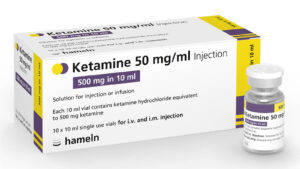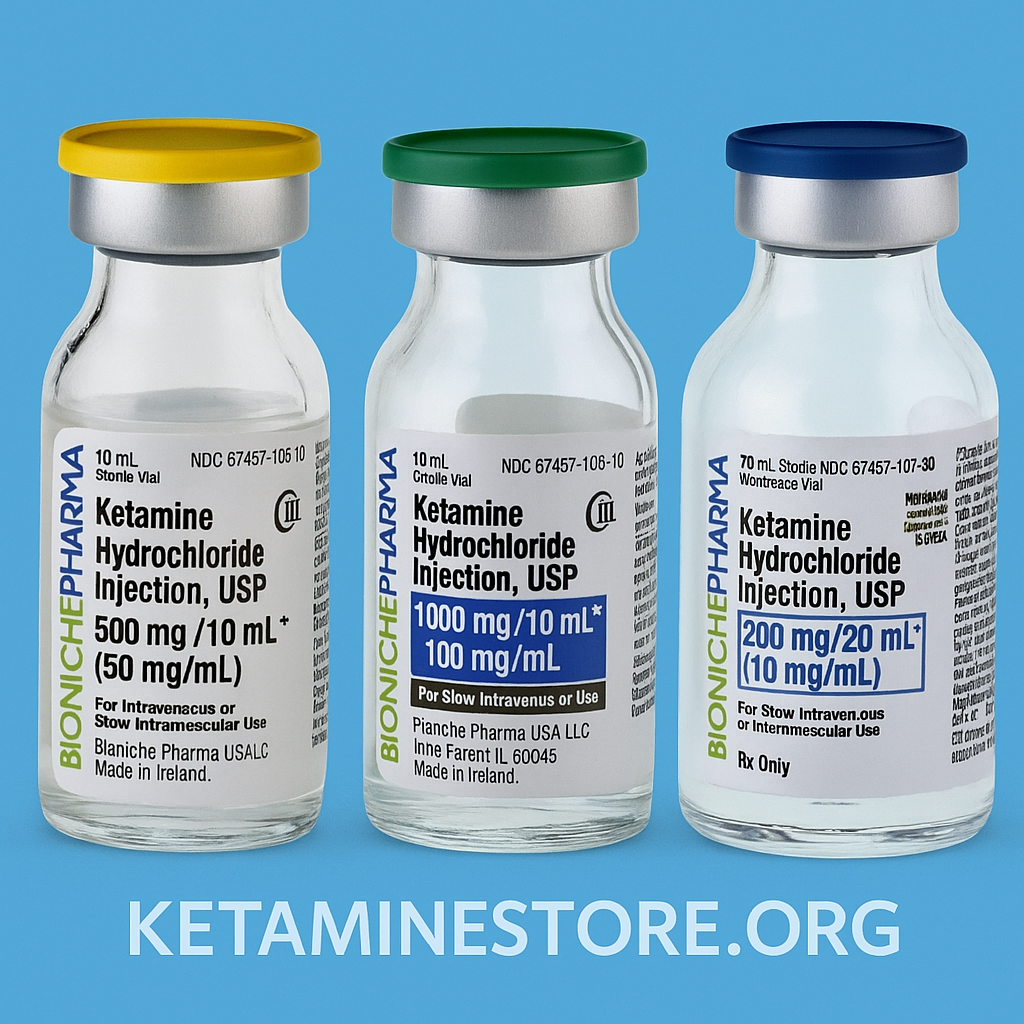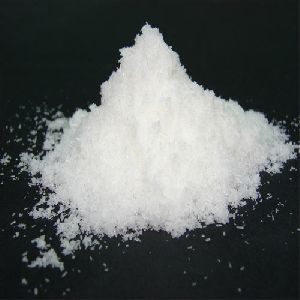Description
What is Ketamine Queen?
Ketamine Queen symbolizes identity, healing, and self-expression in ketamine-based mental health treatments.
This term is now used to describe powerful journeys through the dissociative and therapeutic effects of ketamine.
Also, this cultural icon reflects a shift toward female and queer empowerment in psychedelic wellness spaces.

The prefix “etc.” emphasizes fluidity, nonconformity, and an expansive spiritual or emotional experience.
Many people use this title during ketamine-assisted therapy and spiritual exploration sessions.
It has become a symbol of resilience, transformation, and radical healing in various communities.
This archetype empowers those seeking self-awareness outside of traditional psychiatric systems.
Ketamine Queen represents courage, depth, and self-discovery through ketamine.
How Ketamine Works on the Brain
Ketamine works by targeting NMDA receptors and stimulating glutamate in the brain’s neural network.
This mechanism quickly improves mood, unlike most conventional antidepressants, which take weeks to work.
It creates new brain connections, which can lead to long-term emotional and cognitive healing.
That’s why doctors use it to treat major depression, post-traumatic stress disorder (PTSD), and chronic suicidal thoughts.
Researchers are studying how ketamine improves brain plasticity and resets emotional response systems.
These effects last beyond the session and change how patients experience their trauma.
Unlike SSRIs, ketamine is effective even when patients have previously failed multiple medications.
This makes ketamine a revolutionary treatment option for mental health professionals and patients worldwide.
Who is becoming the Ketamine Queen?
Many women, queers, and non-binary individuals identify with the Ketamine Queen movement.
They use ketamine not only for healing, but also for self-expression and creative growth.
This title is not limited to appearance or personality: it is fluid, powerful, and multidimensional.
They transform their ketamine-related experiences into poetry, music, digital art, and body-positive activism.
These individuals are redefining medicine, beauty, and mental health through their own liberated stories.
The etc. Ketamine Queen promotes self-awareness, resilience, and visionary exploration through ketamine sessions.
Social media users proudly share their experiences and normalize their emotional vulnerability during treatment.
They create digital spaces for support, education, and celebration of ketamine use.
Ketamine-Assisted Therapy in Clinics
Many certified clinics offer ketamine-assisted therapy for mental health disorders.
Treatments often involve infusions, lozenges, or intramuscular injections under medical supervision.
Clinical providers guide patients through dissociative states with soothing music and a supportive environment.
Therapists help clients process memories, emotions, or trauma after the session.
These therapeutic sessions are increasingly accessible in urban and rural areas through clinics and telemedicine.
Some facilities also offer somatic and mindfulness therapies as a complement to ketamine treatment.
This approach makes therapy more holistic and effective for people with deep emotional wounds.
The identity of Queen, etc. Ketamine influences how clients present themselves in therapeutic spaces.
The power of Ketamine Queen in identity
The Queen Ketamine suggests inclusion, versatility, and ongoing personal evolution.
It rejects binary labels and prioritizes openness, both in terms of gender and consciousness.
This identity is especially meaningful for people who feel excluded from conventional healing systems.
It affirms the complexity of trauma, healing, and personal truth through diverse experiences.
The Ketamine Queen and Creativity
Ketamine stimulates imagination, symbolism, and nonverbal emotional understanding.
Many artists express their visions in music, sculpture, film, and fashion.
The Ketamine Queen, among others, uses psychedelic experiences to stimulate artistic discovery.
Creativity becomes a means to integrate, express, and amplify one’s inner world.
These expressions are often surreal, colorful, and emotionally rich reflections of inner experiences.
The psychedelic community values this artistic production as a sacred extension of healing.
Creative practices give meaning to the otherwise ineffable nature of ketamine experiences.
These works inspire others to take ownership of their own transformation stories.
How to Embody the Ketamine Queen
Anyone who chooses intention, awareness, and creativity in their ketamine experience can embody this archetype.
Wearing expressive clothing or creating a safe environment can deepen the experience.
Using affirmations, playlists, and emotional check-ins can guide self-exploration during sessions.
Documenting visions or drawings after the session helps to increase insights.
Connecting with others who resonate with your identity can provide support and inspiration.
Ketamine Queen is more of a state of mind than a role: she is open to all truth seekers.
This archetype celebrates healing as nonlinear, mystical, and empowering.
By embracing it, people reclaim their power and rewrite their mental health story.
The Future of Ketamine Queen
As access to ketamine increases, so will the influence of the Ketamine Queen movement.
Clinics will begin to integrate culture, creativity, and identity into their treatment models.
Therapists will likely integrate gender, ethnicity, and personal history into psychedelic care.
Social media will continue to spread healing stories from the perspective of the Ketamine Queen.
Advocates will campaign for affordable and equal access to ketamine-based mental health care.
Communities will expand harm reduction, education, and inclusion in the psychedelic world.
This archetype will evolve as new voices join the conversation.
It will continue to be a symbol of freedom, healing, and limitless inner growth.
Psychedelic Empowerment Through Ketamine
Ketamine offers many people a safe way to explore their subconscious thoughts and emotions.
With support, they confront fear, sadness, and identity issues profoundly.
The Ketamine Queen, etc., embraces this exploration as part of a spiritual awakening.
Psychedelic healing is no longer limited to elite, male-dominated experiences or research labs.
Today, members of the community create healing circles, zines, and artwork around ketamine transformation.
These efforts demonstrate that medicine can be deeply personal, creative, and empowering.
This culture embraces gentleness, expression, and healing, without judgment or shame.
People reclaim their stories through mindful ketamine use and powerful identity building.
Is ketamine an opioid?
Ketamine does not work like an opioid, but rather like a dissociative anesthetic.
It blocks the NMDA receptors in the brain, which alters the perception of pain and reality.
Unlike opioids, which target these receptors, ketamine works via a different pathway.
Opioids relieve pain by mimicking natural endorphins, while ketamine interrupts nerve signals differently.
Ketamine is primarily used for anesthesia and pain management, but it does so in a different way than opioids.
It creates a sense of detachment from the environment instead of producing the usual opioid effects.
Researchers are studying ketamine for depression and other conditions because of its unique effects on the brain.
In short, ketamine does not work like an opioid, but rather works on the brain via a different mechanism.
Harm and Risk Reduction
Despite its benefits, ketamine should be used with caution and knowledge.
Recreational abuse can lead to bladder damage, addiction, or psychological numbness.
The Ketamine Queen community promotes harm reduction and informed ketamine use.
It encourages people to experiment with substances, monitor dosage, and drink plenty of fluids.
Users also seek medical supervision when using ketamine for mental health reasons.
Online forums and guides share best practices for safe ketamine experiences.
This culture prioritizes education, consent, and safety over reckless experimentation.
It builds trust between users, therapists, and harm reduction professionals worldwide.
Ketamine for depression.
Ketamine is becoming a popular option for treating depression that doesn’t respond to other medications.
It targets the brain’s glutamate system instead of the usual serotonin or norepinephrine pathways.
Doctors administer ketamine in low doses through an intravenous infusion, nasal spray, or sometimes orally.
Patients often experience relief quickly, sometimes within hours or days of treatment.
This rapid response helps people with severe depression or suicidal thoughts.
Ketamine promotes new connections between brain cells in areas that regulate mood.
Medical professionals monitor patients closely during treatment to manage side effects such as dizziness or nausea.
They also monitor dissociation and blood pressure changes during sessions.
Research teams are studying the long-term safety of ketamine and its effects on mental health.
Clinics are combining ketamine with therapy to improve patients’ overall condition.
This treatment is currently offering hope to many people who struggle with traditional antidepressants.
Integration after ketamine sessions
Healing continues long after the session ends. Participants journal, meditate, and connect with others to process their insights.
Therapists guide patients through integration to reinforce new mental patterns.
Art and writing are powerful tools to express themes that emerge during journeys.
The Ketamine Queen often transforms integration into rituals of well-being and creativity.
This identity promotes balance between altered states and a grounded daily reality.
Integration helps individuals embody their transformation and live with intention after treatment.
Support groups and community spaces help individuals stay connected and accountable.
Ketamine Queen Liberation and Feminist Healing.
The Ketamine Queen movement is rooted in psychedelic feminism and queer mental health advocacy.
These individuals build support systems outside of traditional, patriarchal psychiatric models.
They create inclusive therapeutic practices that emphasize emotional intelligence and life experience.
Ketamine helps queer and transgender people process trauma and reconnect with their bodies.
This drug opens a space for healing from wounds caused by discrimination, abuse, or social pressure.
The Ketamine Queen rejects pathologizing models of mental illness.
They choose empowerment, joy, and fulfillment as elements of the healing equation.
This inspires a broader shift in the way psychedelics are approached in mental health care.
Ketamine Therapy.
Ketamine is emerging as a promising option for the effective treatment of drug-resistant depression and severe anxiety disorders.
Clinicians use low doses of ketamine in clinical settings to rapidly improve patients’ emotional and mental well-being.
Healthcare professionals see rapid improvements in mood, often within hours of administering the first dose.
Clinicians provide intravenous infusions and closely monitor patients to ensure their safety and therapeutic progress.
Psychiatrists prescribe nasal sprays of esketamine as part of a combination treatment with traditional antidepressants.
Researchers find that ketamine increases glutamate activity, which promotes neural plasticity in brain pathways.
Therapists find that patients develop healthier thinking patterns with repeated ketamine sessions.
Patients opt for guided lozenges or troches for home treatment when clinically approved by licensed professionals.
Medical teams tailor dosage and treatment regimens based on each patient’s psychiatric history and response to treatment.
Is ketamine a horse tranquilizer?
Ketamine is now referred to as a horse tranquilizer, but this term is a source of confusion and stigma.
Healthcare professionals use ketamine safely in both animals and people in a variety of clinical and therapeutic settings.
Physicians currently administer ketamine as a dissociative anesthetic during surgery to relieve pain and reduce alertness.
Veterinarians often administer ketamine to sedate animals, including horses, cats, and dogs, during procedures.
This dual use leads to a lack of understanding of ketamine’s true utility in medical settings.
Researchers are currently studying ketamine’s effectiveness in treating mental health conditions such as depression and post-traumatic stress disorder.
Physicians currently provide controlled doses of ketamine to help patients who do not respond to other treatments.
The term “horse tranquilizer” is often misused to refer to ketamine’s legal and regulated medical use.
Mental health professionals are now viewing ketamine as a promising option for people experiencing emotional distress.
In general, healthcare providers use ketamine responsibly and under supervision to improve their physical and psychological well-being.
Ketamine for pain
Ketamine is becoming a popular option for treating depression that doesn’t respond to other medications.
It targets the brain’s glutamate system instead of the usual serotonin or norepinephrine pathways.
Doctors administer ketamine in low doses through an intravenous infusion, nasal spray, or sometimes orally.
Patients often experience relief quickly, sometimes within hours or days of treatment.
This rapid response helps people with severe depression or suicidal thoughts.
Ketamine promotes new connections between brain cells in areas that regulate mood.
Medical professionals monitor patients closely during treatment to manage side effects such as dizziness or nausea.
They also monitor dissociation and blood pressure changes during sessions.
Frequently Asked Questions Ketamine
Who should avoid ketamine treatment?
People with psychosis, heart problems, or uncontrolled hypertension should avoid it.
What is ketamine-assisted therapy (KAT)?
KAT combines ketamine with psychotherapy for deeper emotional healing.
Is ketamine safe for long-term use?
Its long-term safety is uncertain and requires careful medical monitoring.
Can ketamine help relieve PTSD?
Yes, it can reduce PTSD symptoms, especially with therapy.
How often can I receive ketamine treatments?
Treatment starts 2 to 3 times per week and is then gradually tapered for maintenance.
Are ketamine treatments covered by health insurance?
Spravato is covered, but intravenous ketamine often is not.
How quickly does ketamine work for depression?
It can improve mood within a few hours to a few days.
Can I use ketamine at home?
The drug is prescribed only and administered under supervision and is available in the form of lozenges or tablets.





Victor Aurelia –
The product is solid and dependable.
Daniel Amelina –
The product feels very solid and long-lasting.
Ezra Aurelia –
I love using it every single day
Liam Amara –
Extremely satisfied with the results.